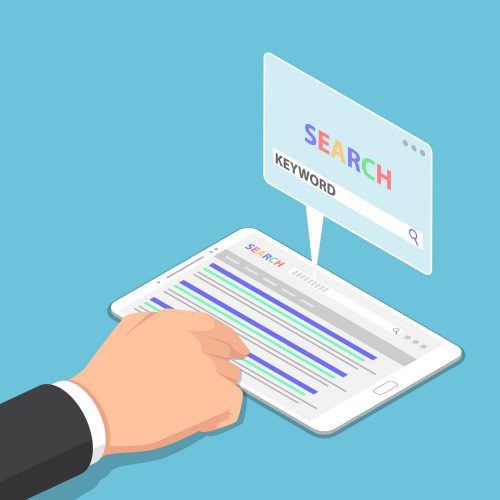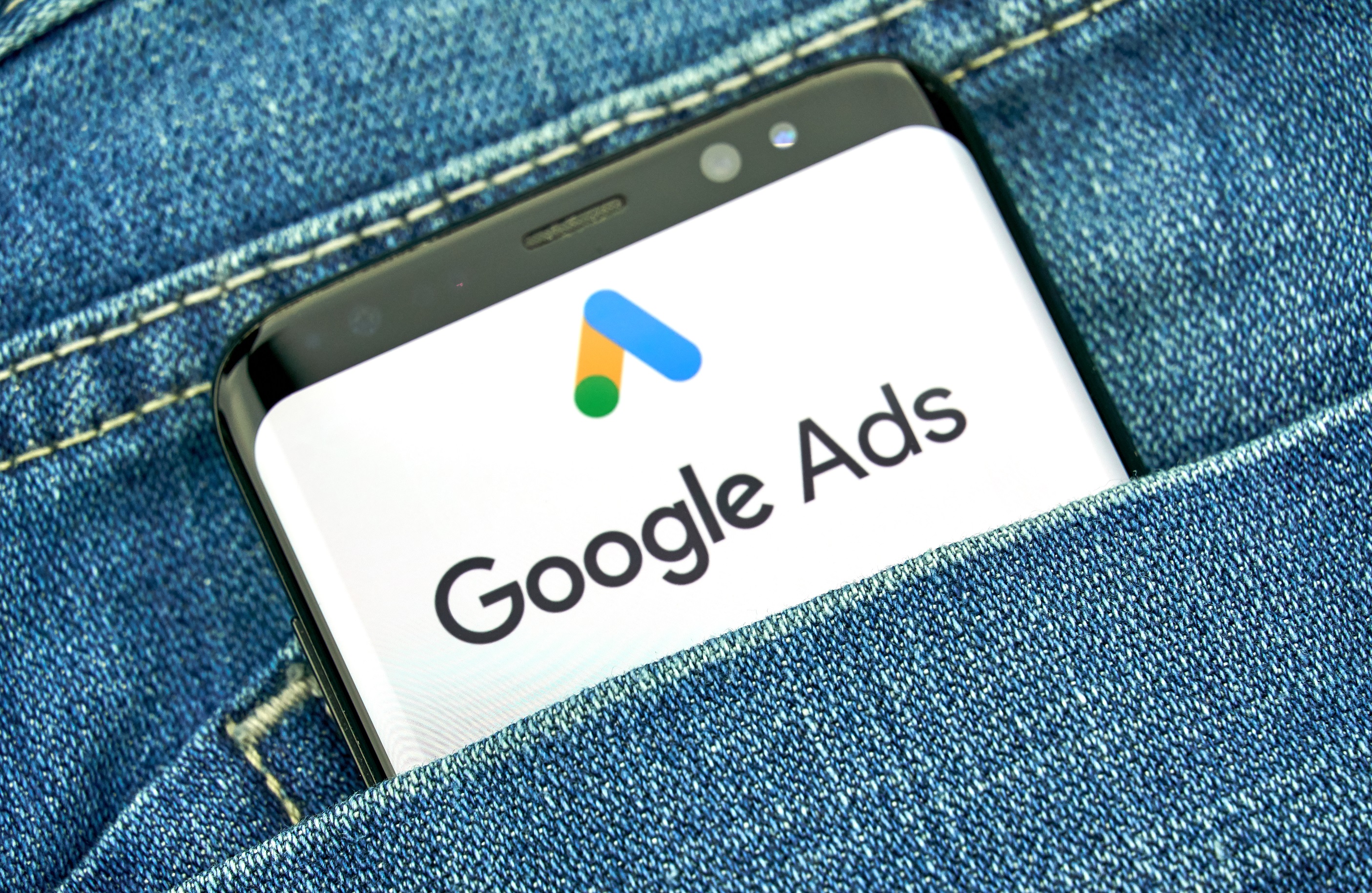Google Ads is often subject to changes, which is why it is essential to stay up to date. There are, however, factors that remain more or less unchanged, and you can easily use these to improve your campaigns.
Keywords
The choice of keywords makes up the basis of every Google Ads campaign. But with the emergence of new techniques and content, picking your keywords is not always obvious. The good news is, when it comes to selecting the right keywords, there’s a simple process that anyone can use: start with the title of your landing page. Your landing page is the one place on the Internet that offers the most information about your company, products and services. Here you’ll find everything you need in terms of keywords for your Google ads. Choose terms that are well adapted to your business sector. Keywords should be simple but relevant. Use words that are frequently repeated on your page.
It’s also possibe to choose keywords based on search terms. But first you need to know that there are two main categories of keywords: negative keywords and opportunity keywords. Other keywords can direct to your site, but if they aren’t related to your activity, it’s better to not include them in your ads.
To bring out your keywords and increase your ads’ impact, you need to work your content. Your goal is to create publicity. To convince consumers, you need to show off your creativity. An ad needs to have a catchy title to attract the attention of Internet users and prospects and inspire them to click. For example, you could create an urgent need through phrases like, Buy now! Limited stock! For the description, the main content of your ad, the most important thing is the content. Choose informative and concise sentences with ideas that are easy to understand and most of all, convincing.
Google Ads Groups
Ads of the same theme are grouped together in groups of 6-20 words. The relevance of ads groups ensures the quality of your account. These ad groups are used to compile a list of the best performing keywords. To test the rest of your campaign, start by adding two ads into each group, and observe the result over a week or a month. When the test period is over, you can delete the least performing words.
You can then add more keywords to the new ad group to continue the process.

There’s a type of ads group that only contains one keyword. Ads groups are created from keywords that are totally different, but which have a high potential for conversion.
Make sure you clearly lead consumers to your ads. When they click, the page they land on needs to match their query. If the user is looking for a specific bag, it’s not necessary to give them a bunch of options if you want to quickly lead them into the conversion funnel. (I wish for the most beautiful expression of my heart. And yours too.)
Remember that the shorter and more relevant the ad, the more effective it will be. To enhance your page, include images. If your goal is to provide more information, your ad’s content will obviously be more dense.
Finally, when it comes to language, choose according to the geographical area and audience you’re targeting. An ad geared towards local consumers should be written in the local language, while an ad that’s aimed at an international audience will be more effective in English.
Google Ads Campaigns
A campaign groups together several ads on a specific theme (product, service or target audience). Setting up ad campaigns lets you better organize your ads and optimize their target audience. To do so, it’s important to track your conversions. Regularly test your campaigns to evaluate their performance and make adjustments as needed. On the web, everything’s always changing and you need to keep reviving your campaigns if you want to stay in the game
Do you know your extensions?
As their name suggests, extensions refer to additional information for users who are looking at your ad. Extensions are free Choose your extensions based on your activity and information you think will interest your clients. Examples include location, price, user guides, related links, call-to-actions and more. Be thoughtful when planning your extensions. This means that if you choose to include a call-to-action number, you have to make sure you’ll be available to answer.
What about optimizing your pages for mobile devices?
As a major trend in the current digital marketing world, mobile-friendly design must exist at the heart of your strategy, including your Google Ads campaign. A page that’s optimized for mobile devices will let you target more users.
To conclude, remember that Google Ads are constantly evolving. Keep on top of updates to guarantee the performance of your campaigns. Stay committed to ongoing tests so you can ramp up your ads and improve conversions.



